Throughout the annals of art history, the role of art collectors has been paramount in moulding the canvas of cultural evolution. This intricate interplay between patronage and creativity serves as the bedrock upon which the narrative of art collection and its impact unfolds. By examining the symbiotic relationship between collectors and the artistic realm, we unpack the profound influence that these connoisseurs of beauty and value have exerted on art’s trajectory, shaping not just the fate of individual artists but the very essence of artistic movements.
The Historical Influence of Art Collectors
Throughout history, art collectors have played a pivotal role in shaping the artistic landscape. Their actions and decisions have not only influenced which art forms gain prominence but have also had a significant impact on artists’ careers and on art movements as a whole.
Art collectors’ impact can be traced back to the Renaissance period, where affluent families like the Medici of Florence showcased their power and wealth through their extensive art collections. This patronage system didn’t just symbolize their status; it directly supported artists like Leonardo da Vinci and Michelangelo. Thus, collectors became essential in nurturing talent, allowing these artists to pursue their groundbreaking work, which has shaped Western art as we know it today.
Moving forward, the 19th century introduced a shift with the emergence of middle-class collectors. This group’s interest in a broader range of art, including works depicting everyday life, led to a democratization of art collecting. This period marked the rise of Impressionism, a movement initially rejected by the establishment. Collectors such as Paul Durand-Ruel supported Impressionists like Claude Monet and Pierre-Auguste Renoir, buying their pieces when few others would. This not only saved many artists from obscurity but also solidified Impressionism’s place in art history.
In the 20th century, the role of art collectors expanded even further. Peggy Guggenheim, for example, became known not just for her collection but for her pivotal role in promoting the careers of then-emerging artists such as Jackson Pollock and Max Ernst. Through her patronage, Guggenheim played a critical role in the development of Abstract Expressionism and Surrealism.
Today, art collectors continue to shape the artistic landscape through their choices and investments. With the global art market evolving, collectors have the power to influence which mediums and messages rise to prominence. Contemporary collectors like Eli Broad and Charles Saatchi have famously used their collections to champion particular styles or movements, thereby significantly impacting artists’ visibility and the public’s taste.
Moreover, collectors’ decisions on donating their collections to public institutions can significantly affect public access to art. When a collector donates their works, they essentially shape the art historical narrative presented to the public, emphasizing certain styles, periods, or artists over others. This carries the power to educate and inspire future generations, perpetuating the cycle of artistic innovation.
In conclusion, art collectors, through their patronage and decisions, have deeply influenced the trajectory of art history. From the Renaissance to the contemporary era, their support has not only enabled individual artists to flourish but has also played a crucial role in the rise and establishment of various art movements. As such, the relationship between collectors, artists, and the public continues to be a dynamic force in the ongoing evolution of the artistic landscape.
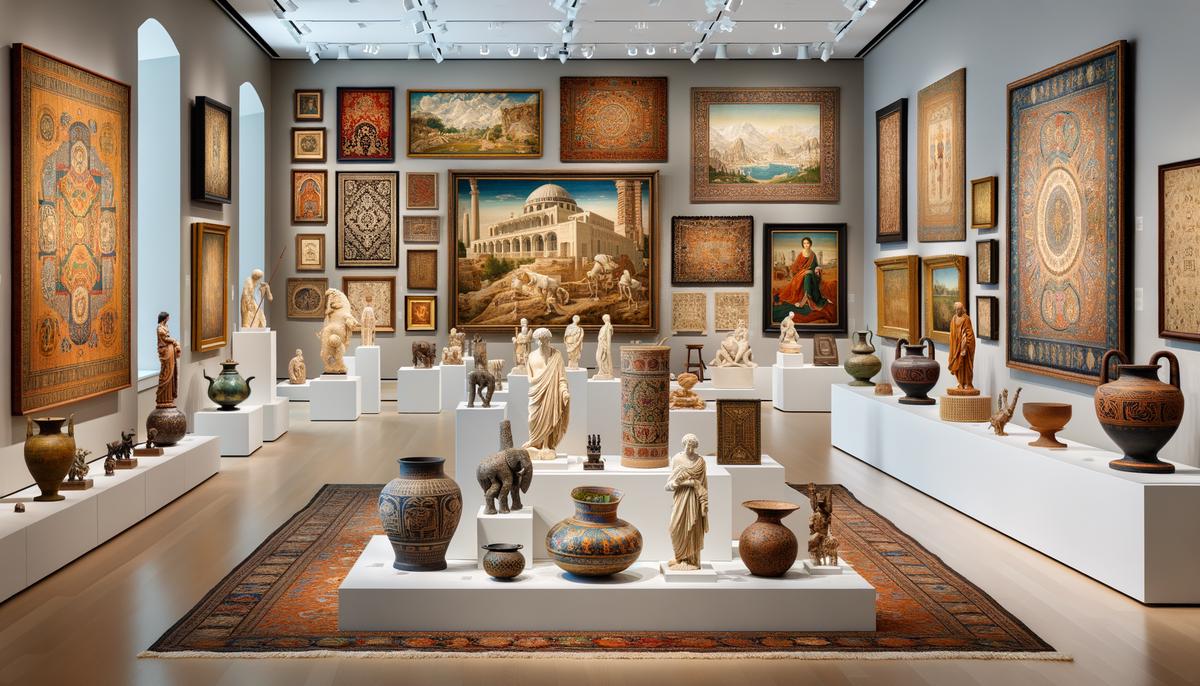
The Economics of Art Collecting
Exploring the economic impact of art collectors on the art market reveals a complex and multifaceted narrative. At its core, the art market operates within the broader economy, its fluctuations reflecting larger financial trends and shifts. Yet, within this domain, art collectors play a uniquely transformative role, not only in valuing art but in actively shaping market dynamics.
Historically, the economics of the art world have been driven by supply and demand, with collectors being significant drivers of both. By choosing which artists to invest in, collectors can dramatically alter the financial trajectory of artists and genres. For instance, when a prominent collector decides to purchase works from an emerging artist, the perceived value of that artist’s work often increases. This is not solely due to the monetary transaction but because the collector’s action signals confidence in the artist’s future potential. Consequently, other collectors and investors pay attention, leading to increased demand and, often, a rise in prices.
The ripple effects of such decisions can be far-reaching. On one hand, the financial support provided by collectors allows artists to continue their work, often pushing the boundaries of creativity and innovation. On the other hand, the inflating prices can contribute to the commodification of art, where the value of an artwork becomes primarily financial rather than aesthetic or historical. This dynamic illustrates the double-edged sword of the art collector’s influence: fostering artistic growth while also contributing to market speculation.
Moreover, art collectors impact the economy of the art market through their methods of collection dispersal. The decision to donate private collections to public institutions, for example, can significantly enhance public access to art, democratizing exposure to important works. However, these actions also transfer a portion of the art market’s supply from private hands to the public domain, potentially affecting market scarcity and value.
The globalization of the art market introduces another layer of complexity. As collectors from diverse economic backgrounds and regions engage with the art market, their preferences and purchasing power introduce new dynamics. Emerging markets in Asia, the Middle East, and Russia have brought new collectors to the forefront, challenging Western-centric narratives of art collecting and valuation. This globalization not only shifts the geographical focus of the art market but also diversifies the types of art that come under collectors’ consideration, hence affecting prices and trends on a global scale.
In essence, art collectors wield significant economic power within the art market. Their investment choices can make or break artists’ careers, influence art trends, and shift the geographical centers of the art world. While their contributions can lead to increased visibility and appreciation for art, they also raise questions about the commodification and accessibility of art in a market-driven context. As the art market continues to evolve, the role of the collector as both benefactor and market mover will remain a central theme, offering insights into the intricate relationship between art, economics, and culture.
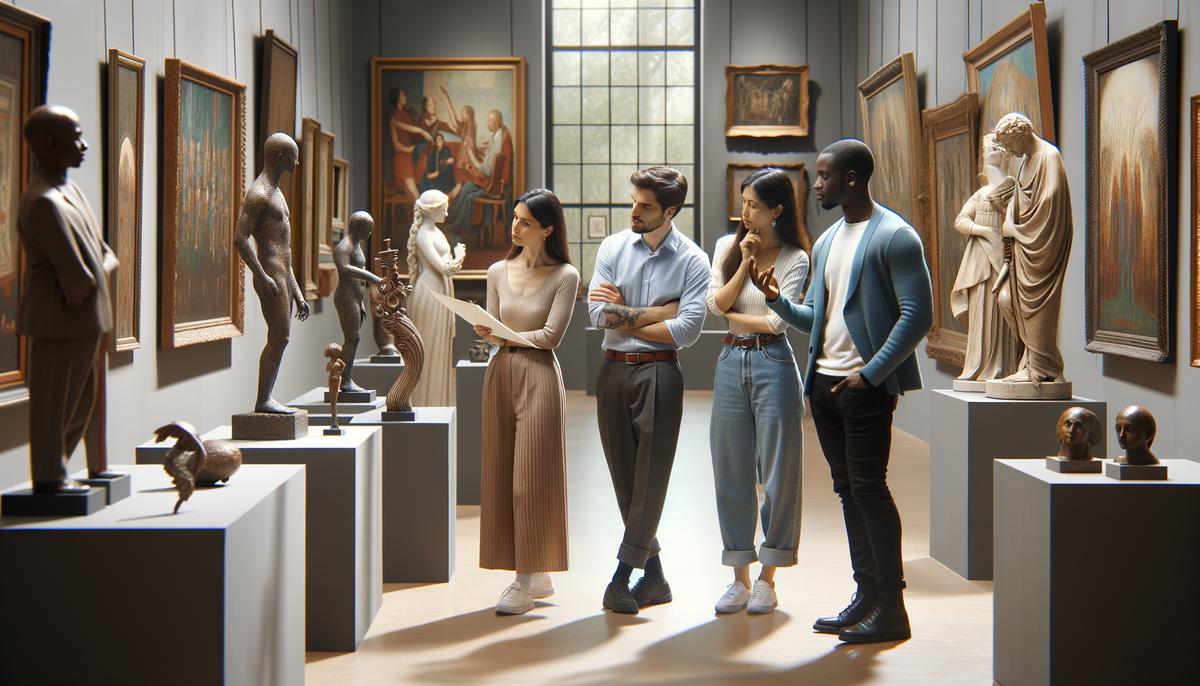
Ethical Considerations in Collecting
In the world of art collection today, ethical dilemmas have become a persistent issue, propelling collectors to navigate a complex landscape marked by an overlap of legal, moral, and societal considerations. One of the most pressing concerns pertains to the provenance of art pieces. With the increasing awareness and rightful demands for the restitution of artefacts to their countries of origin or rightful owners, collectors are faced with the necessity of conducting rigorous provenance research. This ensures that their acquisitions have not been looted or illicitly obtained, especially from regions afflicted by conflict or colonial exploitation.
Further complicating the ethical terrain is the growing scrutiny over the conditions under which art is created. The burgeoning awareness of artists’ rights and working conditions prompts collectors to ponder the origin of their acquisitions. Are the works stemming from equitably compensated and fairly treated artists, or are they products of exploitation and unequal power dynamics? This ethical consideration extends to ensuring that the acquisition and display of artworks do not inadvertently endorse or perpetuate injustices against the creators.
Moreover, the ecological footprint of art collection is gaining attention. The practices surrounding the preservation, transportation, and storage of art pieces entail a significant environmental impact, raising questions about sustainable collecting. Are the methods employed by collectors contributing to the exacerbation of environmental issues, or are they mindful of minimizing their carbon footprints? This dimension of ethical dilemma encourages collectors to contemplate the ecological implications of their passion and to adopt more sustainable practices in art preservation.
The digital realm introduces another layer of ethical complexity. As the art world increasingly embraces digital art and NFTs (Non-Fungible Tokens), issues related to copyright, digital rights management, and the authenticity of digital works emerge. Collectors venturing into this territory must tread carefully, ensuring that their acquisitions respect the intellectual property rights of creators and do not contribute to the proliferation of digital forgeries.
Additionally, the dilemma of accessibility versus exclusivity is ever-present. While private collections are personal treasures, there’s an ongoing debate about the responsibility of collectors to make their artworks accessible to the public. Should collectors loan their prized possessions to public institutions for broader enjoyment and educational purposes, or is the privacy of personal collections justified? This ethical question underscores the tension between the private joy of art collection and the societal benefit of shared cultural heritage.
In conclusion, art collectors today face a labyrinth of ethical dilemmas that demand careful consideration and responsible action. From ensuring the ethical acquisition of art to considering the environmental impact of their collecting practices, and navigating the complexities of digital art, collectors play a critical role in upholding the moral integrity of the art world. As they balance personal passion with ethical responsibility, collectors contribute to shaping an art market that is not only vibrant and dynamic but also reflective of ethical and moral principles.
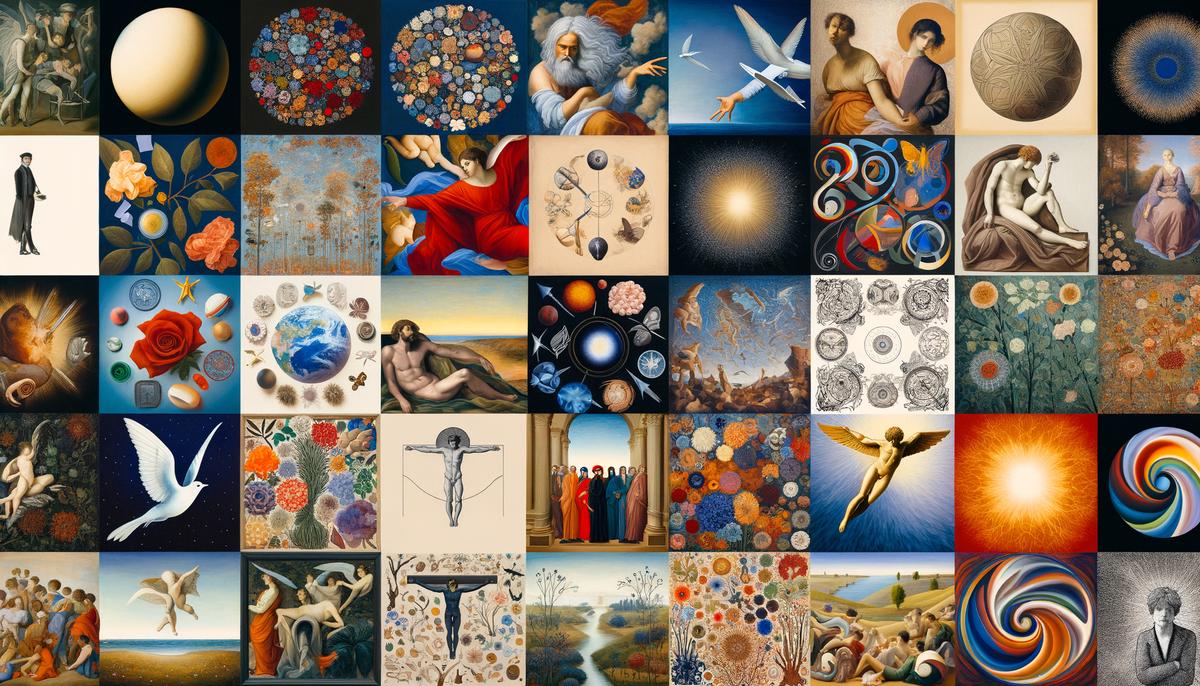
Collectors and Public Access to Art
Art collectors play a pivotal role in the accessibility of artworks to the public, a topic that intertwines the intricate threads of ownership, public display, and the cultural democratization of art. While the history and economics of art collection have been extensively explored, understanding the nuanced balance between private enjoyment and public access offers a fresh lens through which to examine the impact of collectors.
Art collecting, at its core, is driven by a personal passion for art alongside the desire to curate a significant collection that resonates with individual tastes, historical interest, or investment acumen. However, the journey of a single artwork from a collector’s private domain to public exhibition is mired in complex decisions influenced by factors such as personal legacy, legal constraints, and the broader mission of cultural institutions.
One significant way collectors influence public access to art is through their relationship with museums and galleries. This collaboration can be seen in various forms, including loans for special exhibitions, long-term placements, or the ultimate donation of their collections. These partnerships are vital for public institutions, enabling them to display works that would otherwise remain hidden from society’s eyes. Moreover, these interactions often shape the programming and reach of museums, guiding educational and cultural narratives that inform and inspire public audiences.
The decision-making process surrounding the donation of art collections to public institutions is particularly intriguing. This act is not merely a transfer of physical items but a careful negotiation ensuring the collector’s wishes are honored while serving the public interest. Collectors might stipulate certain conditions, such as the display, conservation, or even the geographical location of their donated works, directly affecting how and where the public can engage with these artworks.
Conversely, the exclusivity inherent in private collections can limit public access, a point of contention in the debate over cultural assets and their availability to society. Some collectors opt for creating private museums or exhibiting spaces, offering a structured form of public access that still operates within the confines of private ownership. These spaces can provide invaluable cultural contributions, but they also raise questions about control, accessibility, and the democratization of art viewing.
Furthermore, the evolution of digital platforms has introduced a new dimension to this discourse. Collections can now be digitized and shared online, vastly expanding access to artworks that might otherwise be confined to private viewing. This technological shift represents a significant potential for increasing public engagement with art, yet it also requires careful curation and consideration of digital rights and reproductions.
In synthesizing the impact of art collectors on public access to artworks, it’s clear that their role is multifaceted, embedded within layers of personal interest, cultural stewardship, and collaborative potential with public institutions. As the art world continues to navigate the balance between private collecting and public access, the actions and decisions of collectors remain central to this ongoing dialogue, shaping not only the physical landscapes of museums and galleries but also the cultural heritage accessible to communities worldwide.
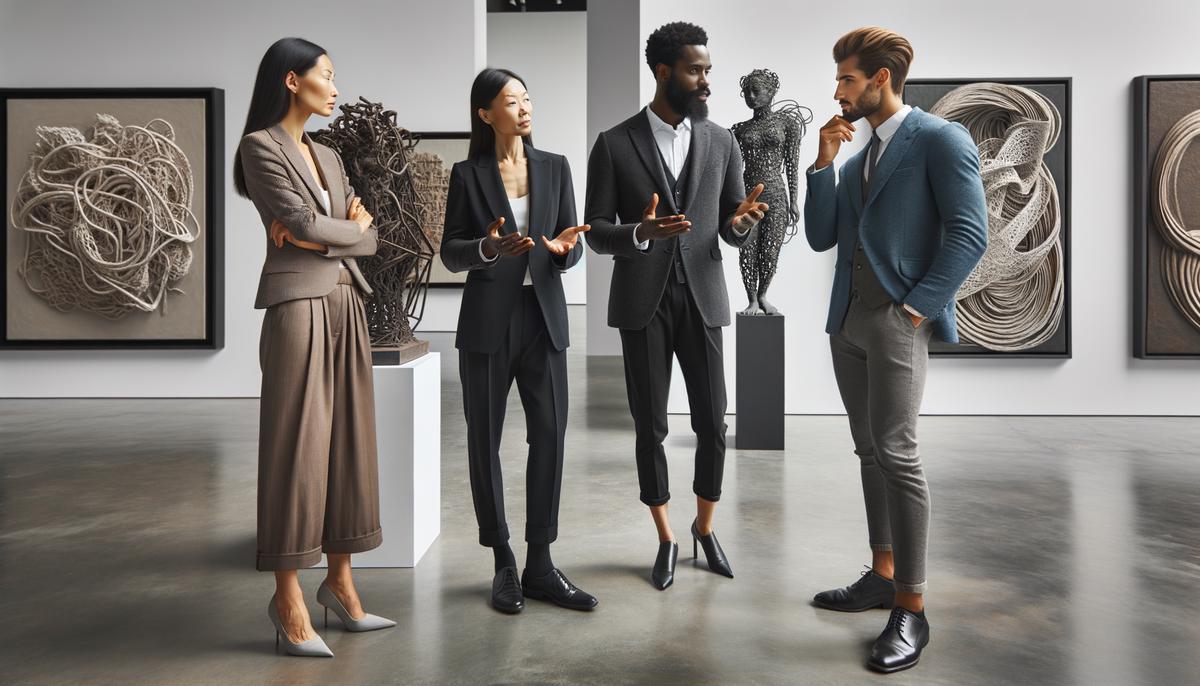
The Future of Art Collecting
As we delve into the future of art collecting, several emerging trends stand out, shaping not just the way art is collected, but also how it’s perceived, interacted with, and valued in contemporary society. These trends highlight the evolving nature of art collection practices and underscore the shifting paradigms in both the appreciation and acquisition of art.
One of the key trends is the increasing digitization of art collection. This trend is largely driven by the advent of blockchain technology and the rise of digital artworks. Notable is the emergence of Non-Fungible Tokens (NFTs), which have revolutionized the concept of owning and collecting digital art. With NFTs, collectors can have a unique, secure, and verifiable proof of ownership of digital pieces, leading to a burgeoning market for digital art. This digital shift is democratizing art collection, making it accessible to a broader audience beyond the traditional elite collectors and institutions. The implications for artists are profound, with new opportunities to reach global markets and gain direct support from a wider base of collectors.
Another significant trend is the growing emphasis on social and political themes within collected art. Collectors are increasingly drawn to works that tackle pressing global issues, such as climate change, social justice, and political unrest. This shift signals a deeper engagement with art as a medium for social commentary and change, amplifying voices and perspectives that might otherwise be marginalized. Art collecting is becoming a tool for social impact, with collectors and artists alike seeking to drive meaningful conversations and actions through their work.
Sustainability in art collection practices is also becoming a pivotal concern. Environmentally conscious collectors are paying more attention to the ecological impact of their activities, from the sourcing and preservation of artworks to the construction and operation of private museums. This trend is encouraging a more responsible approach to collecting, with an emphasis on reducing carbon footprints, employing sustainable materials in art production, and supporting artists and initiatives that prioritize ecological consciousness.
The trend towards experiential collecting is reshaping the landscape of art acquisition and enjoyment. Collectors are seeking immersive and interactive experiences with art, beyond passive ownership. This includes participating in art-making processes, engaging in dynamic displays within their private spaces, or lending works to public exhibitions for interactive installations. The boundary between collector and creator, private and public, is blurring, offering a more interactive and engaging approach to art.
Finally, the global diversification of the art market is a trend that’s reshaping collectors’ preferences and strategies. As the geographical focus of the art world expands, incorporating vibrant art scenes from Africa, Asia, Latin America, and the Middle East, collectors are broadening their horizons and diversifying their collections with works from emerging artists and underrepresented regions. This global perspective not only enriches collections but also fosters a more inclusive understanding of art’s role in reflecting and connecting diverse cultures and narratives.
In summary, the future of art collecting is being shaped by digital innovation, social and environmental consciousness, the pursuit of experiential engagement with art, and a more global outlook on the art market. These trends reflect a broader shift in how art is valued, experienced, and leveraged for social impact, pointing towards a more accessible, responsible, and enriching collecting practice that transcends traditional boundaries and paradigms.
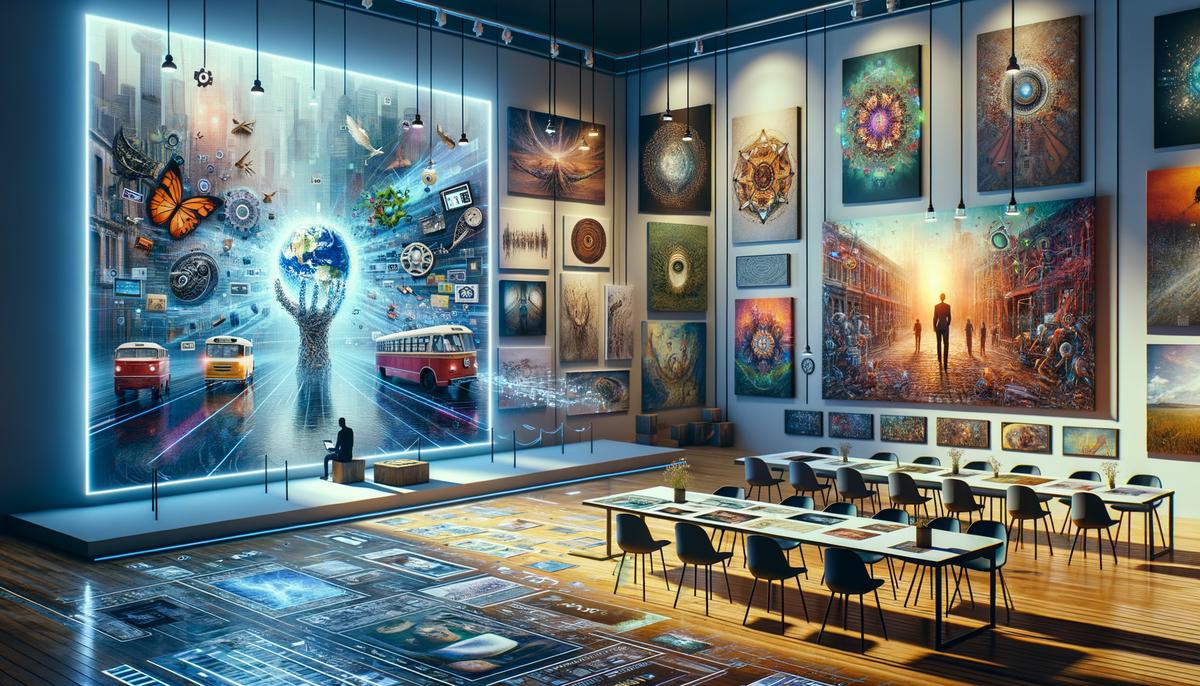
As the curtain draws on our exploration of art collecting through the ages, it becomes evident that the legacy of collectors is woven intricately into the fabric of art history. Their discerning choices and passionate advocacy have not only propelled artists into the limelight but have also forever altered the landscape of art. The future of art collecting, buoyed by technological advances and a growing emphasis on social and environmental consciousness, continues to evolve. Yet, the essence of what it means to collect art — to preserve, to influence, and to inspire — remains a timeless testament to the enduring bond between art, collectors, and the societies they touch.






















